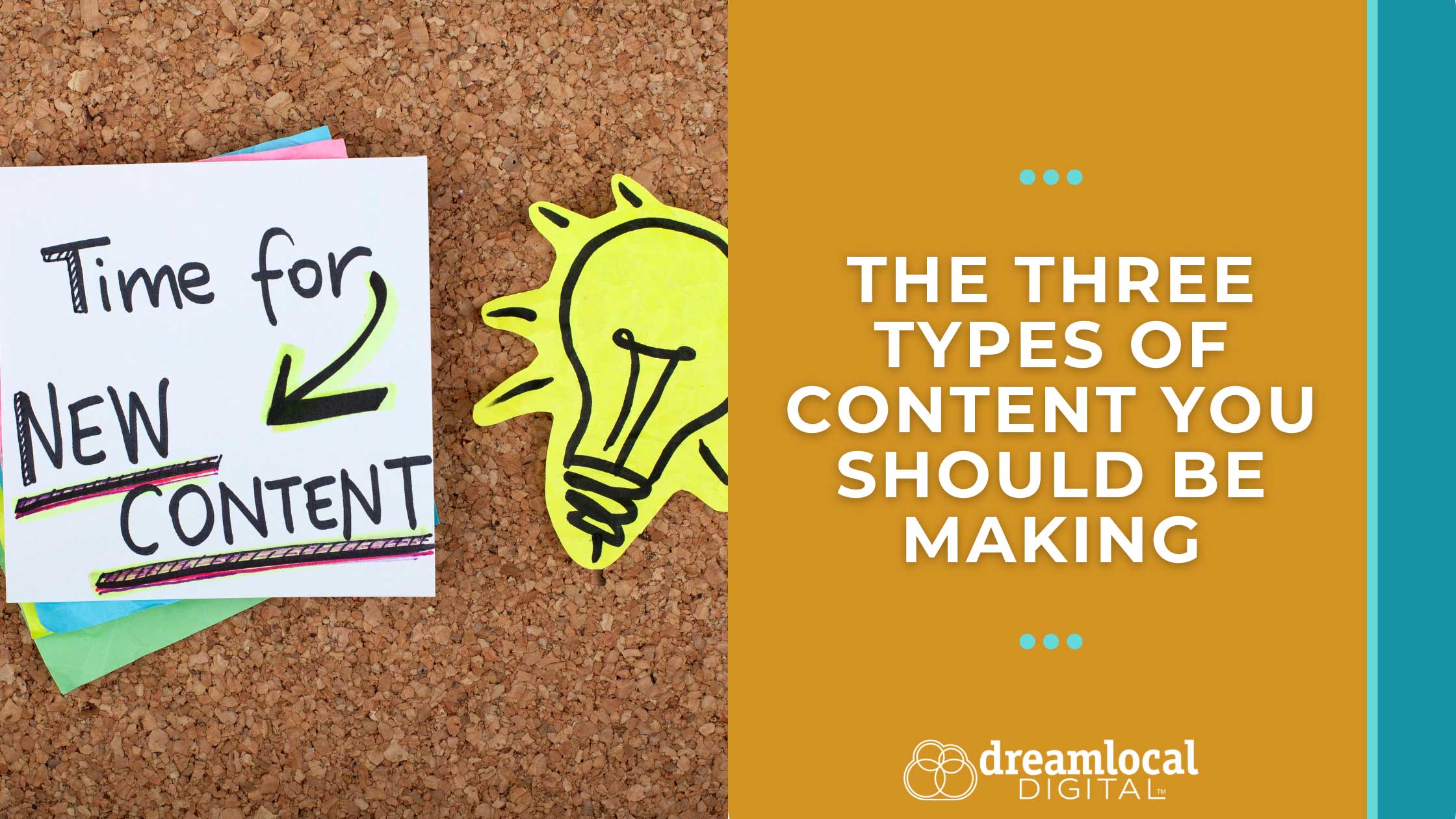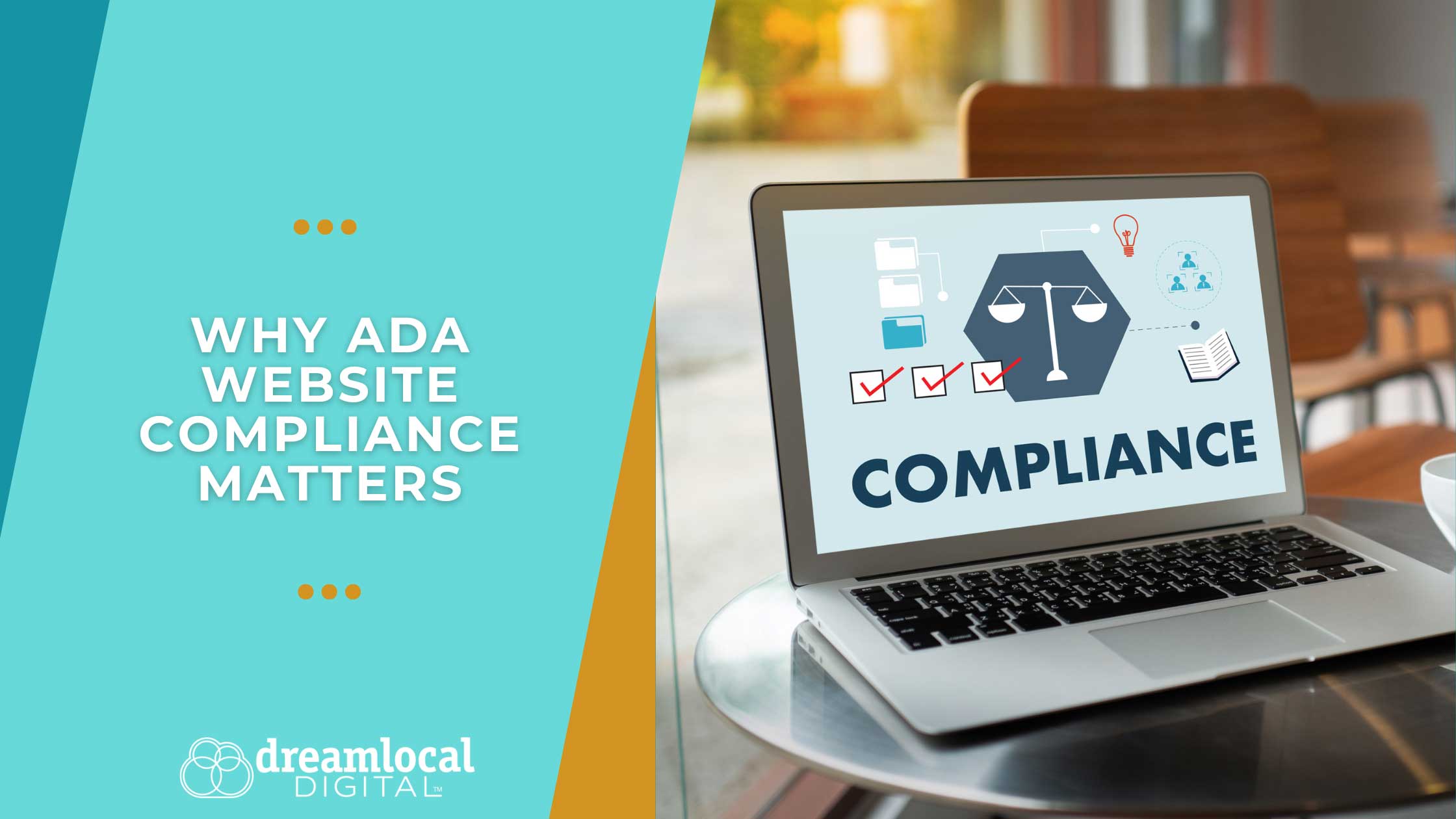The Three Types of Content You Should Be Making

In today’s digital age, capturing attention through compelling content is crucial, as it can directly translate into sales. Creating high-quality content is essential for businesses aiming to thrive in a digital-first consumer market.
Marketing has never been more complex and fast-paced. For business owners, agency owners and digital marketing professionals, understanding the types of content to prioritize can significantly impact your branding and overall marketing strategy.
In this blog, we’ll explore the three crucial types of content every business should focus on to enhance their digital presence and effectively communicate their branding guide.
Content Type 1: What do you want to show up under in search engines?
When potential customers search for products or services related to your industry, they are likely to form an impression based on the top results they encounter. If your company fails to appear or is overshadowed by competitors with more relevant content, you risk losing valuable leads.
Ensuring that your business appears prominently in search engine results is not just about visibility — it directly impacts your bottom line. So, what forms of content solve this problem?
Examples of Content:
-
Blog Posts: Regularly updating your blog with keyword-rich posts can improve your website’s SEO. Conversion rates vary depending on your industry, content form and content quality. Short-form and long-form blogs and articles are among the best-performing content types.
-
How-To Guides: Detailed guides on topics relevant to your industry can position you as an authority. This how-to guide teaches businesses how to use video marketing.
-
SEO Optimized Articles: Articles that focus on long-tail keywords and common search queries can drive organic traffic. The blog you’re reading right now is a great example of an SEO-optimized article. Your content doesn’t have to be extremely long or complex. Write articles based on keywords people actively search for, and make your content helpful and informative.
Content Type 2: What objections do you hear from prospects and potential customers?
Addressing common objections head-on can build trust and ease the concerns of your prospects. This type of content should aim to dispel myths, provide clarity and offer reassurance.
Examples of Content:
-
FAQ Pages: An extensive FAQ section can preemptively answer questions and address concerns. Collect common questions your leads and customers ask about your offering and business. Then, use these questions as the basis for your FAQ page.
-
Case Studies: Showcasing real-life success stories can counteract skepticism. A detailed case study of a successful branding overhaul can demonstrate your capabilities and results.
-
Testimonial Videos: Videos featuring satisfied clients discussing how your services overcame their initial objections can be powerful. Video testimonials can be done for any business. For example, a care home created a beautiful video testimonial compilation with feedback from residents.
Content Type 3: What do you wish everyone knew about you/your company?
Highlighting what sets your business apart and what you’re passionate about helps in establishing a unique brand identity. This type of content should reflect your values, mission, and the unique benefits of your offerings.
Examples of Content:
-
About Us Page: A compelling “About Us” page that tells your story, mission and values can resonate with visitors. For example, detailing your journey from the founding of your business to the present.
-
Brand Videos: Creating videos that showcase your company culture and behind-the-scenes looks or that show your team at work can connect on a personal level. A video tour of your office or a day in the life of your team members can make your brand more relatable. Some businesses create video business cards.
-
Social Media Stories: Utilize social media platforms to share snippets of your company’s daily life, achievements and milestones. Regular updates about team activities, community involvement or new projects can keep your audience engaged and informed.
Integrating the Content Types
To effectively leverage these content types, it’s crucial to integrate them into a cohesive content strategy. Here’s how you can do it:
1. Content Calendar: Plan your content in advance, ensuring a mix of SEO-focused articles, objection-handling content and brand-building pieces. This helps in maintaining consistency and variety.
2. Cross-Promotion: Promote your content across various platforms. Share blog posts on social media, feature testimonial videos on your website, and use email newsletters to highlight case studies.
3. Analytics and Feedback: Review your content’s performance regularly. Use tools like Google Analytics to track which types of content are driving traffic and conversions, and adjust your strategy accordingly.
Creating a robust content strategy involves more than just producing random pieces of content. By focusing on what you want to show up for in search engines, addressing common objections, and highlighting what you wish everyone knew about your company, you can create a comprehensive content plan that enhances your branding and drives digital marketing success.
Dream Local Digital helps businesses create informed marketing content that drives clicks and profit. Contact us to learn how we can grow your business!
Newsletter Signup
Stay up to date on the latest digital marketing news, updates, and more. Sign up to receive our newsletter!




